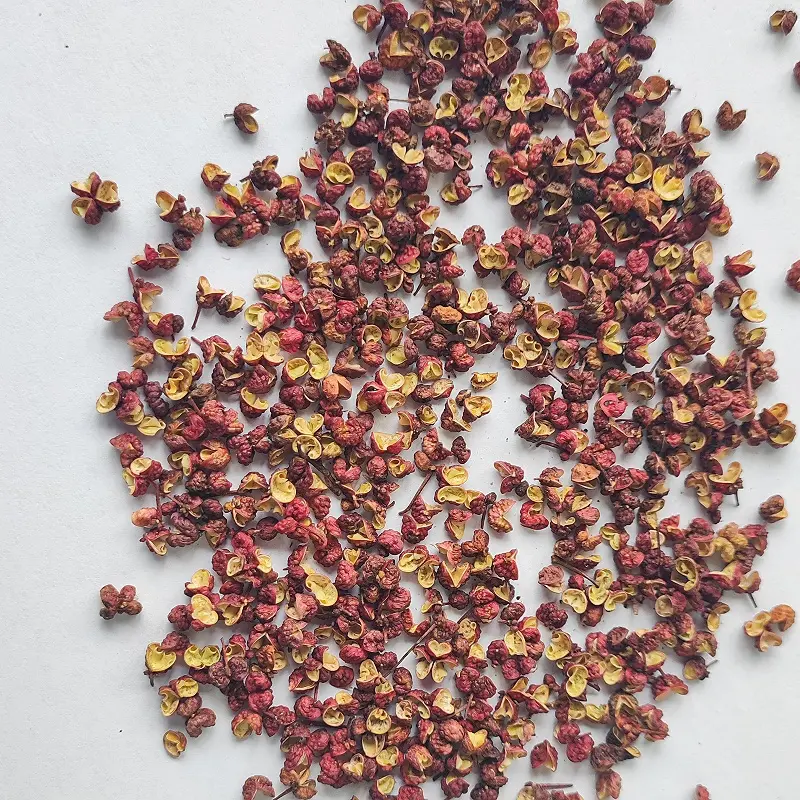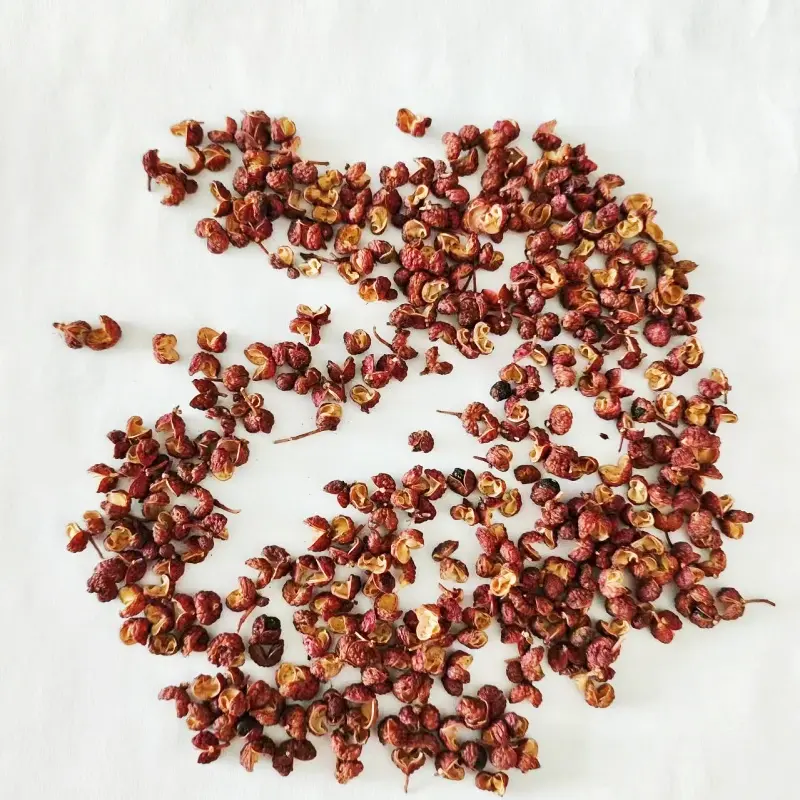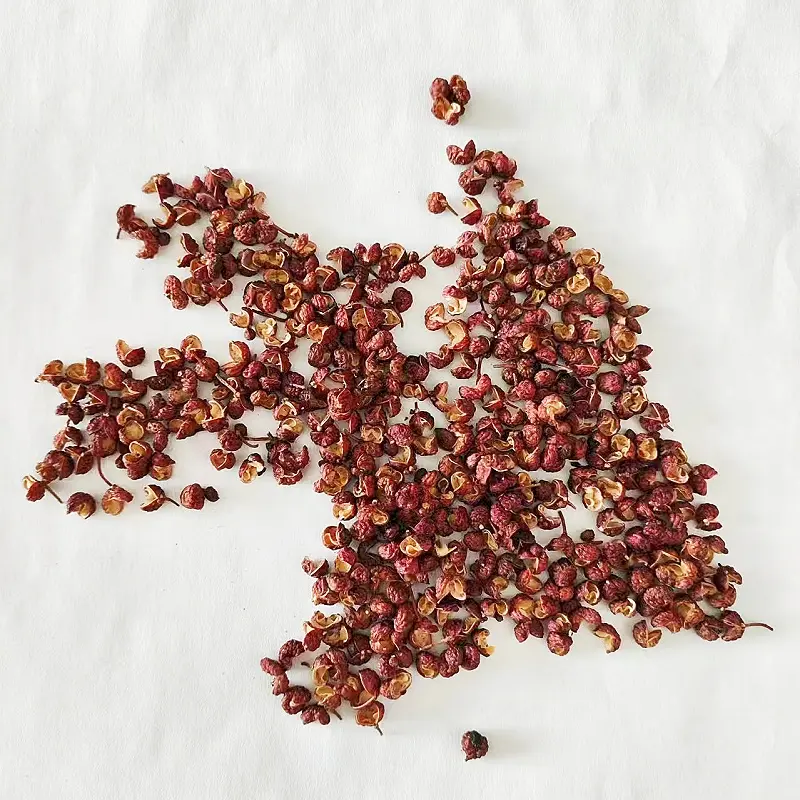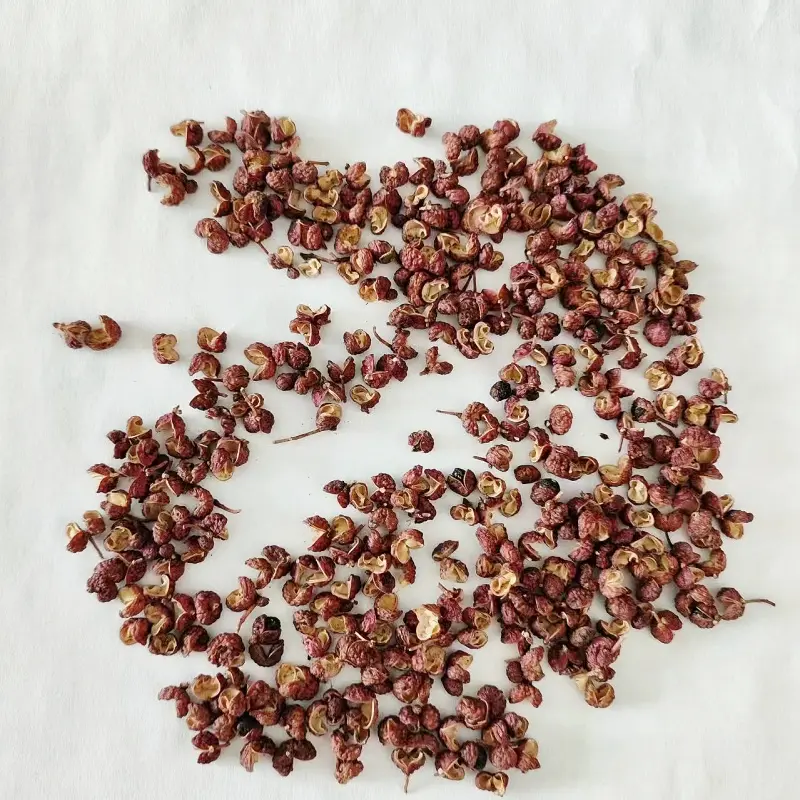Chinese Prickly Ash (Sichuan Pepper) vs. Japanese Prickly Ash (Sansho): A Brief Overview
Chinese Prickly Ash (Sichuan Pepper, Zanthoxylum bungeanum, Zanthoxylum simulans) and Japanese Prickly Ash (Sansho, Zanthoxylum piperitum) are two closely related spices known for their unique numbing effect and citrusy aroma. Though neither belongs to the black pepper or chili pepper family, they are essential components of Asian cuisine, particularly in China and Japan.
These spices are often compared because of their similar numbing sensation, caused by compounds like hydroxy-alpha sanshool. However, their flavors and culinary applications differ. Sichuan Pepper delivers a stronger numbing effect (麻, má), a warm, woody aroma, and a slightly floral, earthy taste. It is a key ingredient in Sichuan cuisine, appearing in hot pot, mapo tofu, and mala dishes. Sansho, on the other hand, has a milder, more refined numbing sensation with a brighter citrusy, herbal, and slightly minty note. It is widely used in Japanese cuisine, often sprinkled over grilled eel (unagi kabayaki), yakitori, and miso-based dishes.
Both spices play a crucial role in Asian cooking, enhancing dishes with their distinctive tingling and aromatic qualities. They are also valued for their medicinal properties, including digestive benefits and antimicrobial effects. Understanding their differences allows chefs and food enthusiasts to choose the right spice for their culinary creations. Whether seeking the bold mala heat of Sichuan cuisine or the delicate, citrusy touch of Japanese cooking, these two spices bring depth and complexity to the table.
Botanical Classification & Origins of Chinese Prickly Ash and Japanese Prickly Ash
Chinese Prickly Ash and Japanese Prickly Ash belong to the Zanthoxylum genus in the Rutaceae family, which includes citrus plants. Though they share a botanical relationship, they are distinct species with different growing regions, flavors, and culinary uses.
Chinese Prickly Ash (Sichuan Pepper) – Zanthoxylum bungeanum & Zanthoxylum simulans
Chinese Prickly Ash, commonly known as Sichuan Pepper, is scientifically classified under two main species:
Zanthoxylum bungeanum – More common, larger seeds, stronger aroma.
Zanthoxylum simulans – Slightly milder, smaller seeds, found in various regions.
It is cultivated mainly in China, particularly in Sichuan, Chongqing, Guizhou, Hunan, and Gansu. This spice thrives in mountainous regions with temperate to subtropical climates, where the soil and climate enhance its strong numbing effect.
There are two primary types of Sichuan Pepper:
Red Sichuan Pepper (红花椒, hóng huājiāo)
Warm, woody, and slightly floral aroma.
Strong numbing sensation and deeper, more robust flavor.
Used in spicy Sichuan dishes like hot pot, mapo tofu, and mala sauces.
Green Sichuan Pepper (青花椒, qīng huājiāo)
More citrusy and fresh, with a slightly numbing, tingling effect.
Often used for lighter, aromatic dishes, stir-fries, and infused oils.
Japanese Prickly Ash (Sansho) – Zanthoxylum piperitum
Japanese Prickly Ash, known as Sansho (山椒) in Japan, is botanically classified as Zanthoxylum piperitum. It is mainly cultivated in Japan, particularly in regions like Wakayama, Kyoto, and Nagano, where it grows in forested areas with rich, well-drained soil.
Unlike Sichuan Pepper, Sansho has a more delicate, lemony, and herbal aroma. It produces a milder numbing effect, making it a preferred seasoning in Japanese cuisine. The plant also has thorny branches and small green pods, which, when dried and ground, create sansho powder, a key ingredient in Japanese spice blends and grilled dishes.
While both spices belong to the Zanthoxylum family and share numbing properties, their distinct botanical species and growing conditions result in unique flavors and culinary applications.
Flavor Profile & Sensory Differences: Chinese Prickly Ash vs. Japanese Prickly Ash
Chinese Prickly Ash (Sichuan Pepper) and Japanese Prickly Ash (Sansho) are both known for their unique numbing sensation, but they offer distinct sensory experiences. Their differences in flavor, aroma, and mouthfeel make them suitable for different culinary applications.
Chinese Prickly Ash (Sichuan Pepper) – Bold & Tingling
1. Strong Numbing Sensation (麻, má)
One of the most defining characteristics of Sichuan Pepper is its intense numbing effect, known in Chinese as "má" (麻). This sensation is caused by hydroxy-alpha sanshool, a compound that activates the trigeminal nerve in the mouth, creating a tingling, buzzing, or electric feeling on the tongue and lips. The numbing effect is so strong that when combined with chili peppers, it creates the famous "mala" (麻辣, numbing-spicy) flavor found in Sichuan cuisine.
2. Citrusy, Woody, & Slightly Floral Aroma
Sichuan Pepper has a complex and layered aroma, featuring:
Citrus notes, similar to grapefruit or lemon zest.
Woody undertones, giving it an earthy depth.
Floral hints, adding a mild sweetness to the spice.
Depending on the variety, red Sichuan peppercorns tend to be warmer and woodier, while green Sichuan peppercorns have a fresher, more citrus-forward aroma.
3. Warm and Lingering Mouthfeel
Unlike chili peppers, which create a burning heat, Sichuan Pepper’s sensation is tingling, numbing, and slightly cooling, but it warms the mouth over time. The effect lingers for several minutes, enhancing the overall sensory experience of a dish.
4. Culinary Applications
Sichuan Pepper is an essential spice in Sichuan cuisine, used in:
Hot pot (火锅) – The numbing effect balances the heat of chili oil.
Mapo tofu (麻婆豆腐) – Adds depth and a signature tingling aftertaste.
Mala dishes (麻辣香锅, 辣子鸡, 水煮鱼) – Enhances spiciness with numbing complexity.
Sichuan pepper oil (花椒油) – Used to infuse bold flavors into various dishes.
Japanese Prickly Ash (Sansho) – Delicate & Citrusy
1. Milder, More Refined Numbing Effect
Sansho contains similar numbing compounds to Sichuan Pepper but in a lower concentration, making its 麻 (má) effect much gentler and more refined. Instead of an intense tingling sensation, Sansho provides a delicate prickling feeling on the tongue, which quickly fades compared to Sichuan Pepper.
2. Strong Lemony & Herbal Aroma
Sansho is highly aromatic, with a distinctively lemony and herbal fragrance. Its key sensory notes include:
Bright citrus tones, resembling yuzu, lemongrass, or lime peel.
Herbal freshness, similar to mint or coriander leaves.
Slightly pine-like or peppery undertones, giving it a mild spicy bite.
The fresh, clean aroma makes Sansho a preferred seasoning in Japanese cuisine, where subtle and balanced flavors are essential.
3. Slight Cooling Sensation
Unlike Sichuan Pepper, which has a warming aftertaste, Sansho leaves a refreshing, cooling effect on the tongue. This sensation enhances grilled dishes, fatty foods, and miso-based dishes, cutting through richness with its bright, zesty character.
4. Culinary Applications
Sansho is widely used in Japanese cooking, especially in:
Grilled eel (Unagi kabayaki, 鰻の蒲焼き) – Sprinkled on top to balance the dish’s sweetness and richness.
Yakitori (焼き鳥) – Enhances grilled chicken skewers with a fresh citrus kick.
Miso soups & noodle dishes – Adds a refined, zesty complexity.
Sansho powder (山椒粉) – A common condiment in Japanese spice blends like shichimi togarashi (七味唐辛子).
Key Sensory Differences Summary
| Feature | Chinese Prickly Ash (Sichuan Pepper) | Japanese Prickly Ash (Sansho) |
|---|---|---|
| Numbing Effect (麻, má) | Strong, electric, lingering | Milder, refined, fades quickly |
| Aroma | Citrusy, woody, slightly floral | Lemony, herbal, fresh |
| Mouthfeel | Warm, tingling, lasts longer | Cooling, light prickling |
| Flavor Complexity | Bold, earthy, slightly sweet | Bright, zesty, peppery |
| Culinary Uses | Spicy, numbing Sichuan cuisine | Japanese grilled dishes, miso-based soups |
While both Sichuan Pepper and Sansho share a numbing effect, their flavor profiles and mouthfeel are distinct. Sichuan Pepper is bold, warm, and deeply numbing, making it a staple in fiery, intense Sichuan cuisine. Sansho, on the other hand, is milder, refreshing, and citrusy, perfectly complementing Japanese dishes with its delicate balance.
Choosing between them depends on the desired flavor experience—whether you want the intense mala heat of Sichuan cuisine or the subtle, citrusy freshness of Japanese flavors.
Culinary Uses & Applications: Chinese Prickly Ash vs. Japanese Prickly Ash
Chinese Prickly Ash (Sichuan Pepper) and Japanese Prickly Ash (Sansho) are integral to their respective cuisines, each offering distinct flavor enhancements. While both spices share a numbing effect, their unique aromatic profiles determine their different culinary applications.
Chinese Prickly Ash (Sichuan Pepper) – A Key Ingredient in Sichuan Cuisine
Sichuan Pepper is a defining spice in Sichuan cuisine, known for its bold numbing (麻, má) effect and citrusy-woody aroma. It enhances the mala (麻辣) flavor—a combination of numbing and spicy heat, often paired with dried chili peppers in numerous iconic dishes.
1. Common Culinary Uses
Sichuan Pepper is used in multiple forms, each providing a different intensity and depth of flavor:
Whole Sichuan Peppercorns – Often fried in oil to release their aroma, then used in stir-fries and stews.
Ground Sichuan Pepper Powder – Sprinkled over finished dishes for an extra numbing kick.
Sichuan Pepper Oil (花椒油) – Made by infusing oil with Sichuan Pepper, commonly used in dipping sauces and dressings.
2. Popular Sichuan Dishes Featuring Sichuan Pepper
Mapo Tofu (麻婆豆腐) – A famous dish where Sichuan Pepper balances the spicy, savory, and umami flavors.
Sichuan Hot Pot (四川火锅) – The broth contains a blend of Sichuan Pepper, dried chilies, and various aromatic spices, creating the signature mala taste.
Mala Xiang Guo (麻辣香锅) – A dry stir-fry dish with vegetables, meats, and tofu, heavily seasoned with Sichuan Pepper and chili peppers.
Kung Pao Chicken (宫保鸡丁) – Uses Sichuan Pepper to enhance the dish’s balance of sweet, sour, and spicy flavors.
3. Sichuan Pepper in Spice Blends
Chinese Five-Spice Powder (五香粉) – A blend of Sichuan Pepper, star anise, cloves, cinnamon, and fennel, commonly used in marinades and braised dishes.
Sichuan Pepper is an irreplaceable ingredient in Sichuan cuisine, providing both flavor complexity and an unforgettable tingling sensation.
Japanese Prickly Ash (Sansho) – A Staple in Japanese Cuisine
Sansho plays a fundamental role in Japanese seasoning, particularly in dishes that require a delicate balance of freshness, spice, and umami. Unlike Sichuan Pepper, which is known for its strong numbing effect, Sansho is milder, lemony, and herbaceous, making it ideal for grilled meats, fish, and noodle dishes.
1. Common Culinary Uses
Sansho Powder (山椒粉) – The most common form of Sansho, finely ground into a fragrant, zesty powder.
Whole Peppercorns – Occasionally used in pickling and simmered dishes.
Fresh Sansho Leaves & Buds – Used as garnishes or to add fragrance to certain traditional Japanese dishes.
2. Popular Japanese Dishes Featuring Sansho
Unagi Kabayaki (鰻の蒲焼き) – Grilled eel glazed with sweet soy-based sauce, topped with Sansho powder for a refreshing citrusy contrast.
Yakitori (焼き鳥) – Grilled chicken skewers, where Sansho adds a peppery, lemony kick.
Miso-Based Dishes & Soups – Sansho enhances the fermented umami taste of miso in dishes like miso soup and miso-marinated fish.
Shichimi Togarashi (七味唐辛子) – A Japanese seven-spice blend that includes Sansho, chili peppers, sesame seeds, and dried citrus peel, used as a seasoning for ramen, rice bowls, and tempura.
3. Sansho’s Role in Balancing Rich & Fatty Foods
Sansho is often paired with grilled meats, fatty fish, and rich dishes because its bright citrus aroma and mild numbing effect cut through oiliness, creating a well-balanced flavor profile.
Key Culinary Differences Between Sichuan Pepper & Sansho
| Feature | Chinese Prickly Ash (Sichuan Pepper) | Japanese Prickly Ash (Sansho) |
|---|---|---|
| Primary Flavor | Bold, numbing, citrusy, woody | Mild, lemony, herbal, cooling |
| Key Usage | Sichuan cuisine, mala dishes, spice blends | Japanese cuisine, grilled meats, miso dishes |
| Common Form | Whole, ground, infused in oil | Powdered, whole, fresh leaves |
| Best Pairings | Spicy dishes, stir-fries, braised meats | Grilled eel, chicken, noodle soups |
| Effect on Dishes | Enhances spiciness with numbing heat | Adds a refreshing, citrusy contrast to rich foods |
Both Sichuan Pepper and Sansho are indispensable in their respective cuisines, each offering a distinctive numbing effect and aromatic profile. Sichuan Pepper brings bold intensity and warmth, perfect for spicy, numbing Chinese dishes, while Sansho offers a delicate citrus-herbal freshness, ideal for Japanese grilled meats and umami-rich foods.
Health Benefits & Medicinal Uses of Chinese Prickly Ash and Japanese Prickly Ash
Beyond their culinary appeal, Chinese Prickly Ash (Sichuan Pepper) and Japanese Prickly Ash (Sansho) have long been valued for their medicinal properties. Both spices contain bioactive compounds with antimicrobial, digestive, and anti-inflammatory effects, making them important in Traditional Chinese Medicine (TCM) and Japanese folk medicine.
Chinese Prickly Ash (Sichuan Pepper) – A Staple in Traditional Chinese Medicine (TCM)
In Traditional Chinese Medicine (TCM), Sichuan Pepper is considered a warming herb with properties that:
Aid digestion – Helps reduce bloating, gas, and indigestion by stimulating gastric juices.
Improve blood circulation – Traditionally used to promote better circulation and relieve cold-related ailments.
Possess antimicrobial properties – The spice has natural antibacterial effects, helping to combat foodborne bacteria.
Relieve pain – Its numbing effect has been used to ease toothaches and minor aches.
Sichuan Pepper is often incorporated into herbal formulas to support digestive and circulatory health.
Japanese Prickly Ash (Sansho) – A Digestive Aid in Japanese Folk Medicine
In Japanese folk medicine, Sansho has been traditionally used for:
Stomach health – Helps stimulate digestion and reduce nausea.
Blood circulation – Thought to improve circulation, similar to Sichuan Pepper.
Anti-inflammatory benefits – Contains antioxidants that may help reduce inflammation.
Sansho is often included in tonics and herbal remedies aimed at promoting digestive well-being and overall vitality.
Both spices continue to be used today for their culinary and medicinal benefits, making them flavorful and functional ingredients in Asian cuisine and traditional healing practices.
Substitutes & How to Choose the Right One
Both Chinese Prickly Ash (Sichuan Pepper) and Japanese Prickly Ash (Sansho) have unique flavors and numbing effects, but they can sometimes be substituted depending on the dish. While they are botanically related, their differences in aroma and intensity mean that the right substitution depends on the specific cuisine and flavor profile.
Can Sichuan Pepper Substitute Sansho?
If Sansho is unavailable, Sichuan Pepper can be used as a substitute, but with some adjustments:
Use green Sichuan Pepper (青花椒, qīng huājiāo) instead of red, as it has a more citrusy and herbal aroma, similar to Sansho.
Use in moderation, as Sichuan Pepper has a stronger numbing effect and a warmer, woody undertone.
Add a touch of lemon zest or yuzu peel to mimic Sansho’s bright citrus aroma.
While Sichuan Pepper can replace Sansho in Japanese dishes like grilled eel (unagi) or yakitori, it will create a bolder, spicier flavor.
Best Alternatives for Both Spices
For Sichuan Pepper:
Sansho (if available) – Milder but still provides numbing and citrusy notes.
Timur Pepper (Nepalese Pepper) – Similar numbing effect with grapefruit-like citrus aroma.
Black Pepper + Lemon Zest – Lacks numbing quality but provides heat and citrus balance.
For Sansho:
Green Sichuan Pepper – Stronger numbing but similar citrusy aroma.
Lemon Zest + Mild Black Pepper – A simple alternative for light seasoning.
Which One to Choose Based on Cuisine?
For Sichuan and spicy Chinese dishes → Sichuan Pepper
For delicate Japanese dishes and grilled seafood → Sansho
For fusion cuisine or creative recipes → Experiment with both, adjusting for intensity
Choosing the right spice depends on the balance of heat, numbness, and citrus aroma needed in a dish.
Conclusion & Final Thoughts
Both Chinese Prickly Ash (Sichuan Pepper) and Japanese Prickly Ash (Sansho) share a unique numbing effect, but they differ in flavor, aroma, and culinary use.
Sichuan Pepper has a strong numbing sensation, warm woody notes, and a bold citrusy aroma, making it essential for Sichuan cuisine and spicy, flavorful dishes.
Sansho offers a milder numbing effect with a fresh, lemony, and herbal fragrance, ideal for Japanese cuisine and delicate grilled meats or seafood.
How to Use Them Effectively
Use Sichuan Pepper in hot pots, stir-fries, and mala dishes for an intense, tingling sensation.
Use Sansho in grilled eel, yakitori, and miso-based dishes for a subtle citrusy lift.
When substituting, adjust the quantity and pair with complementary flavors to maintain balance.
Final Recommendations for Spice Enthusiasts
If you love bold, numbing heat, Sichuan Pepper is perfect for fiery, complex dishes. If you prefer a lighter, citrusy spice, Sansho enhances dishes with a refined touch. Both spices add depth and uniqueness, making them must-haves for anyone exploring Asian flavors.
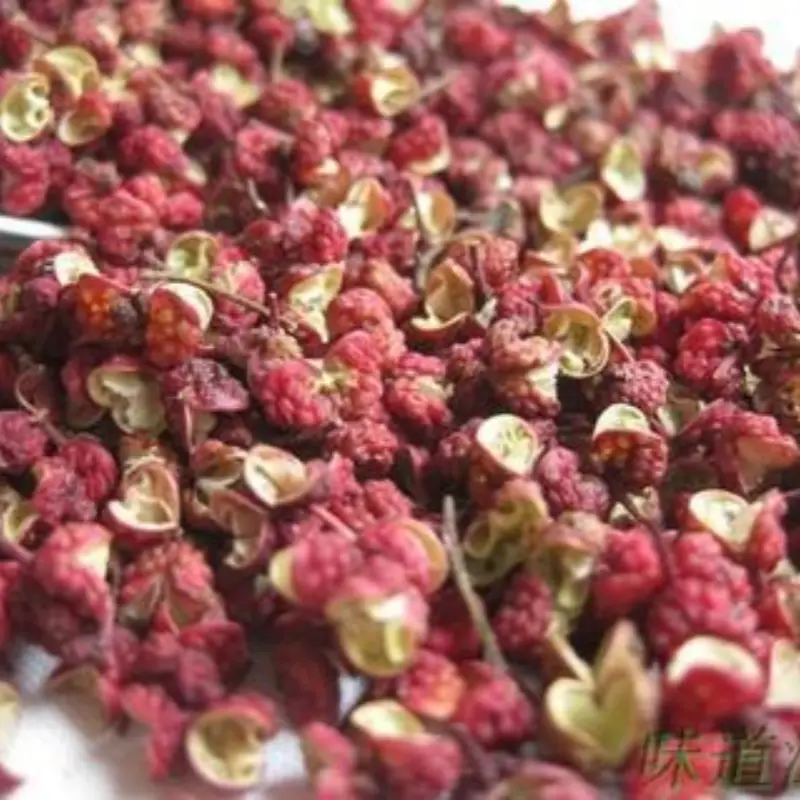
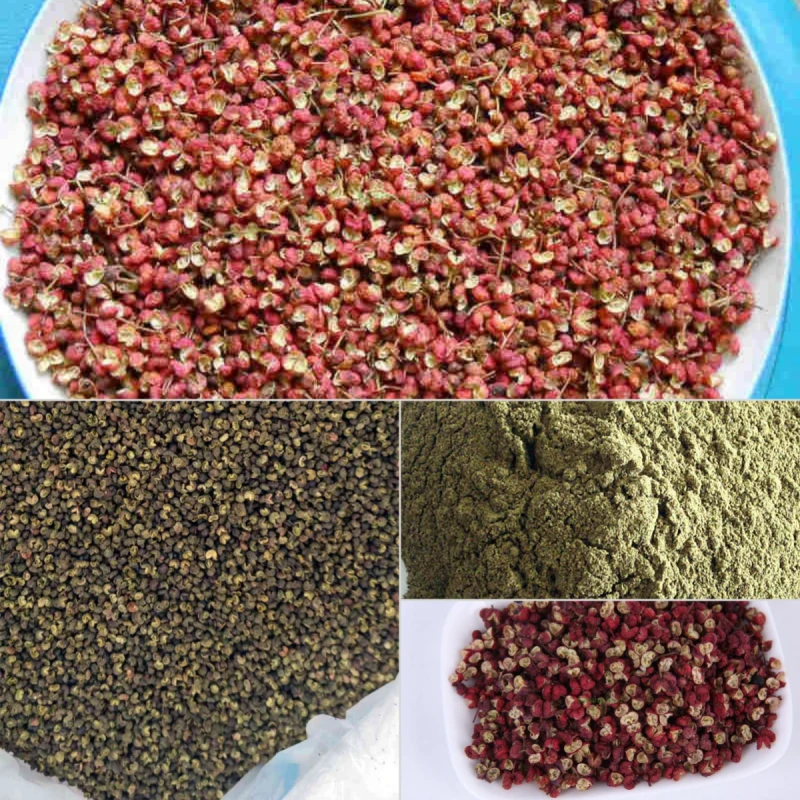
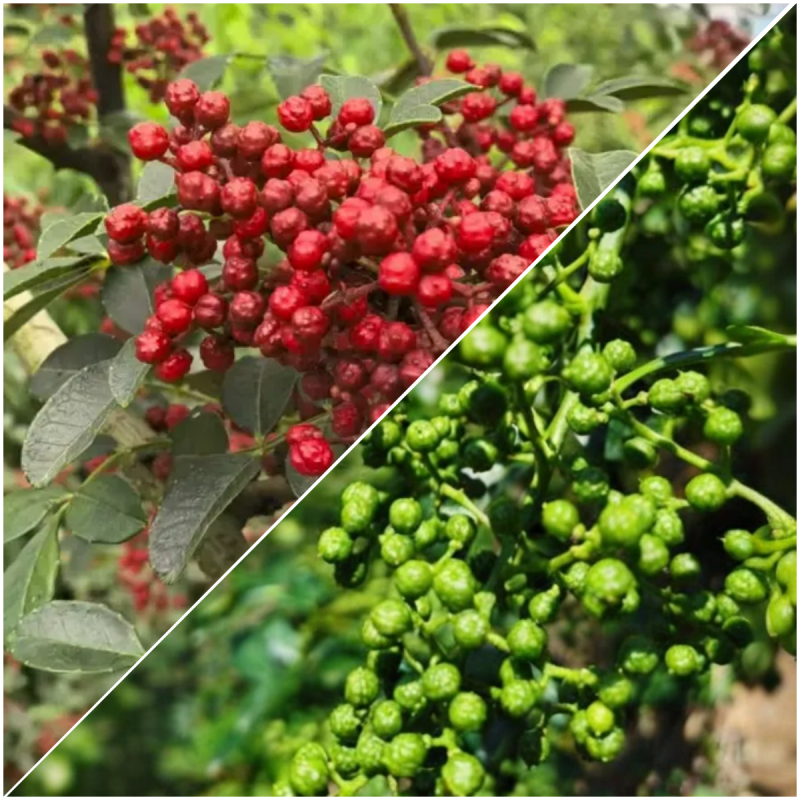
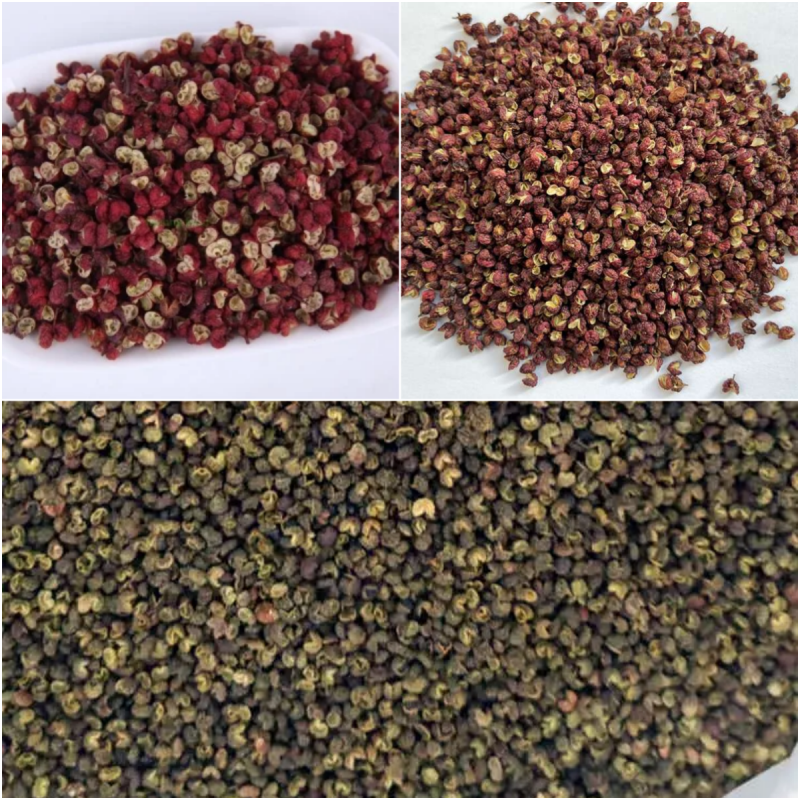
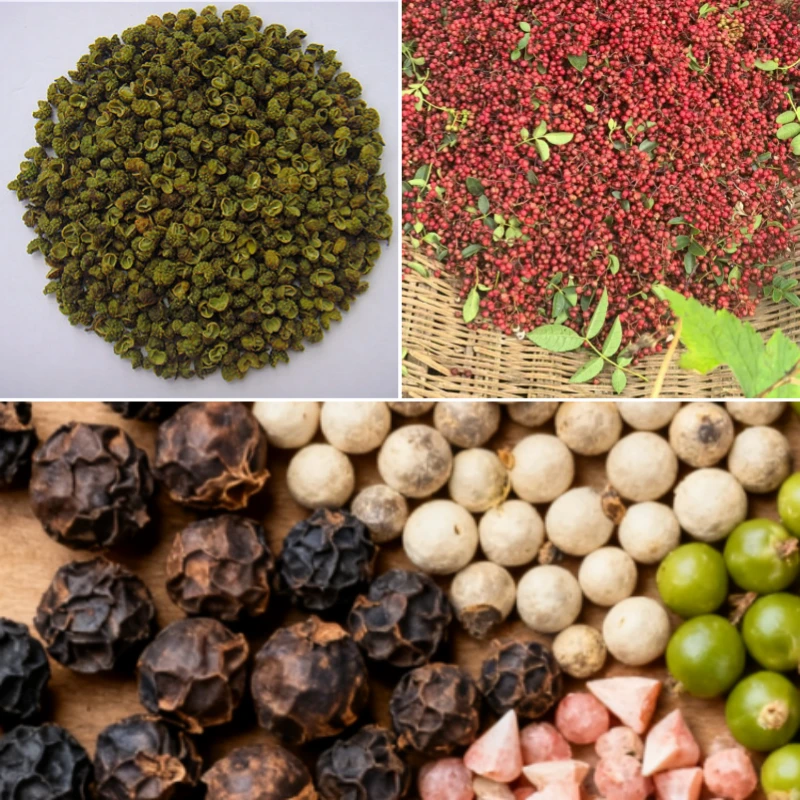
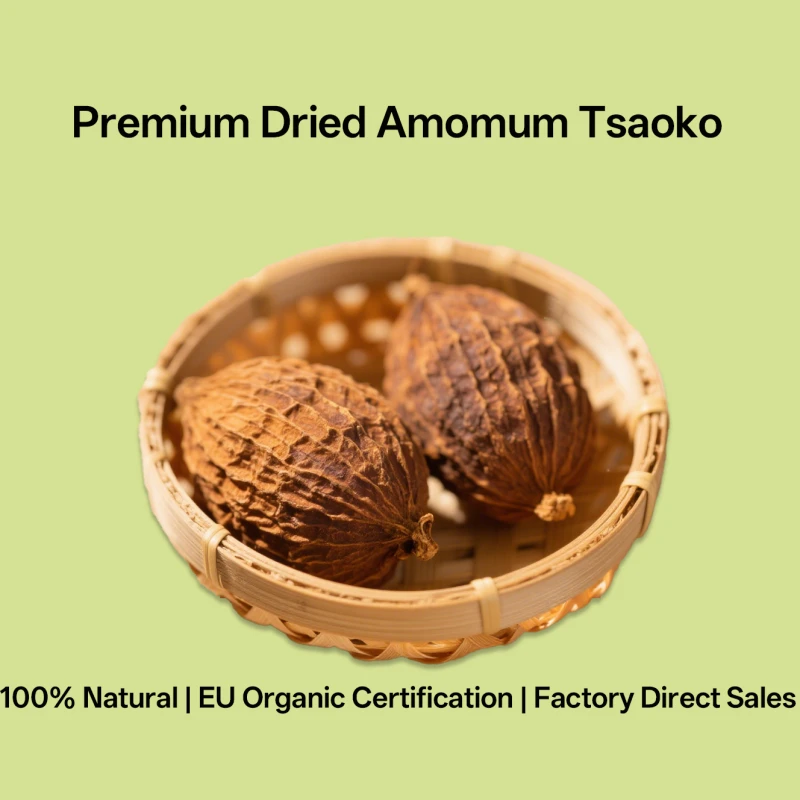
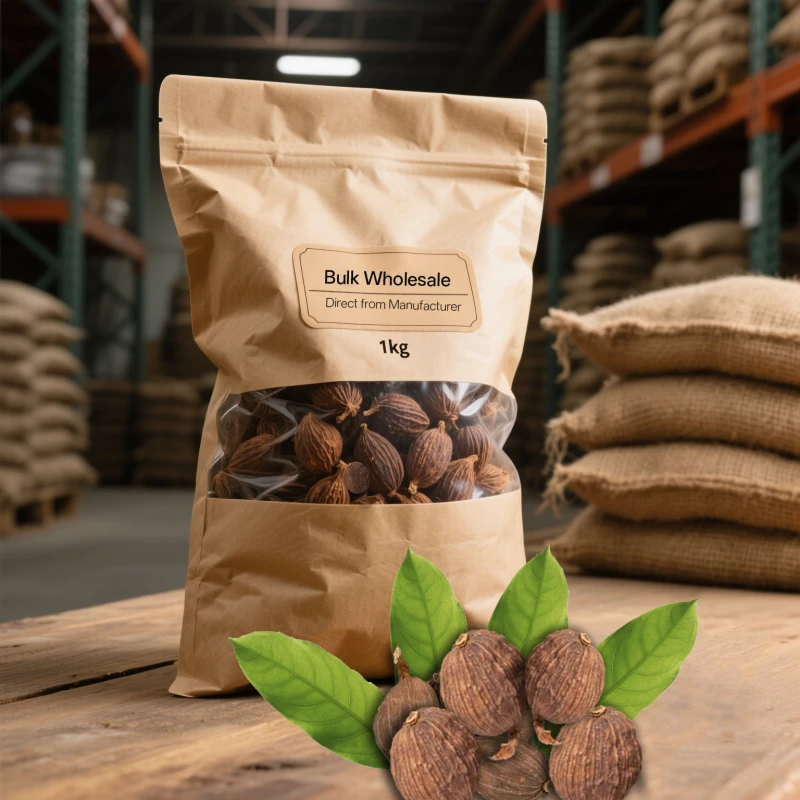
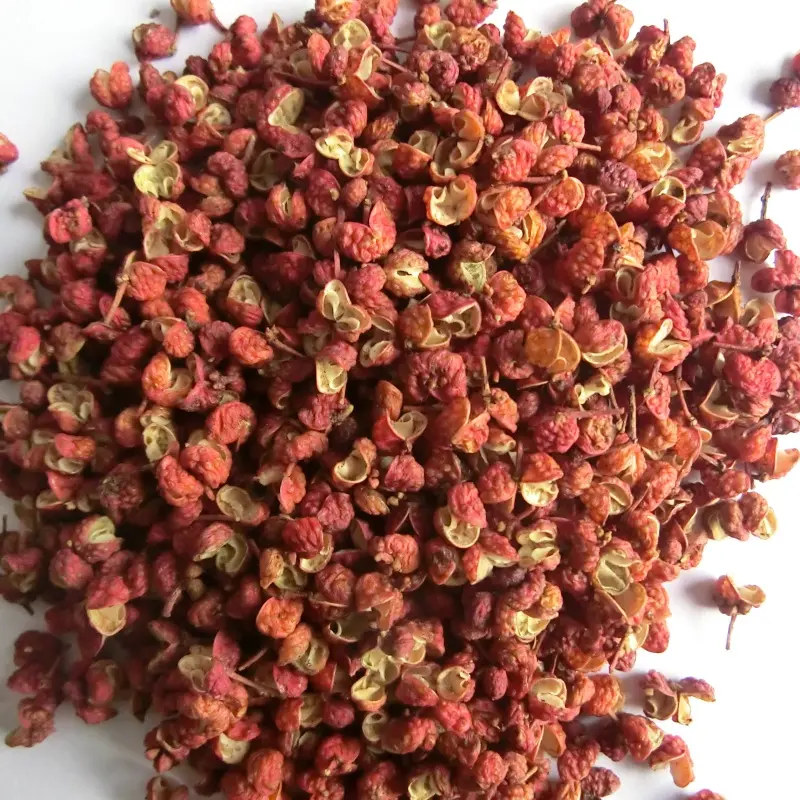
811.webp)
